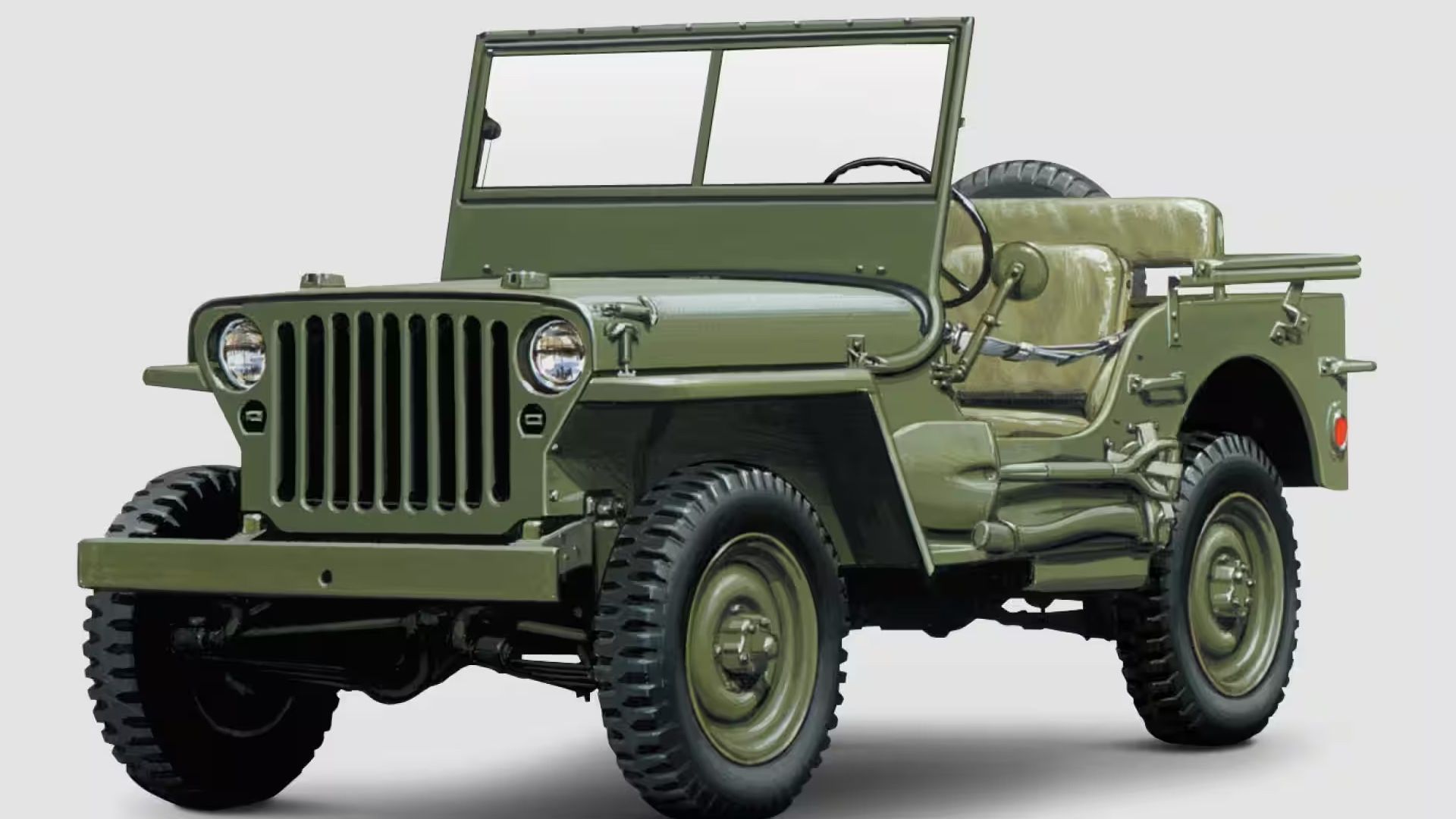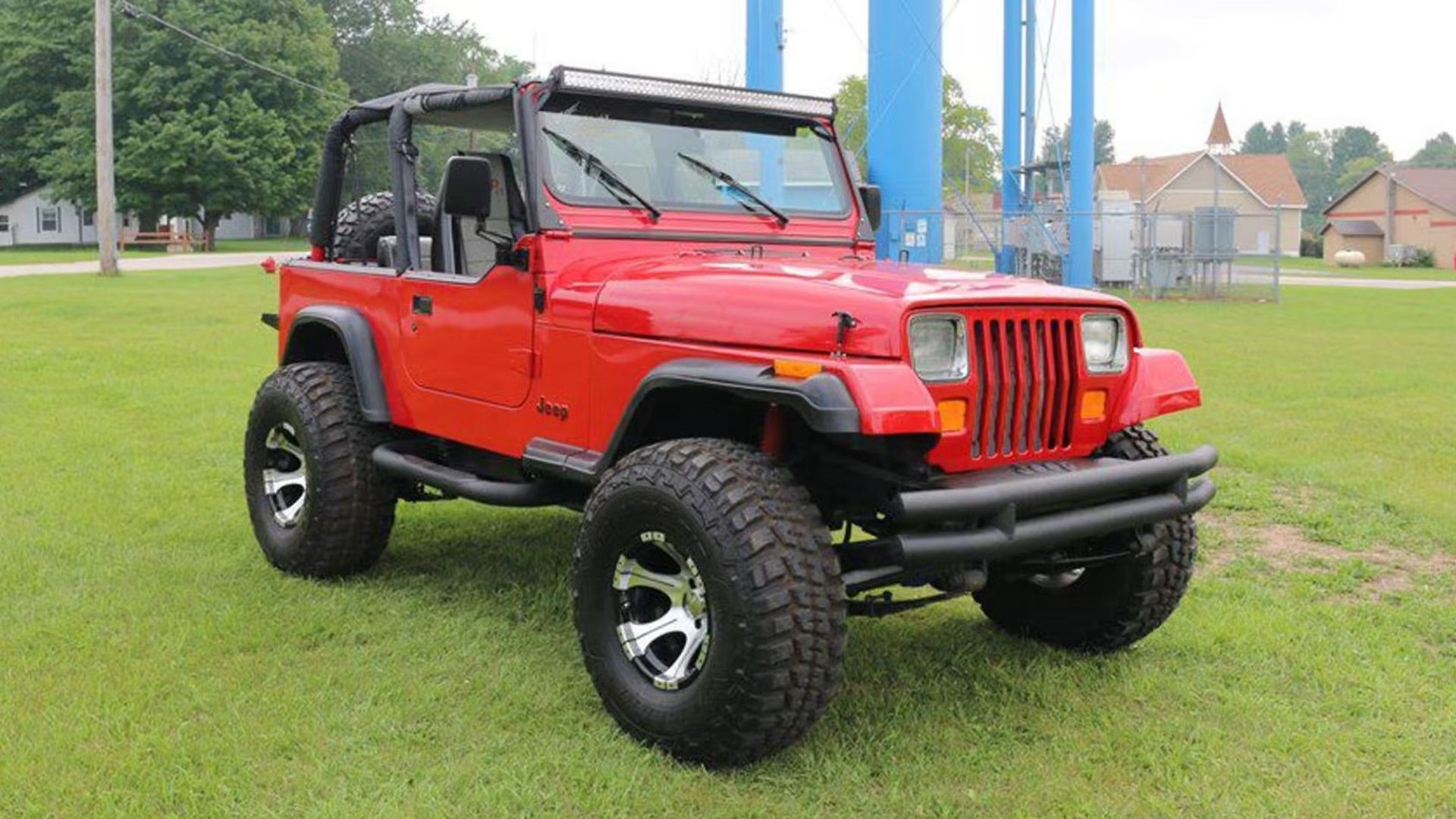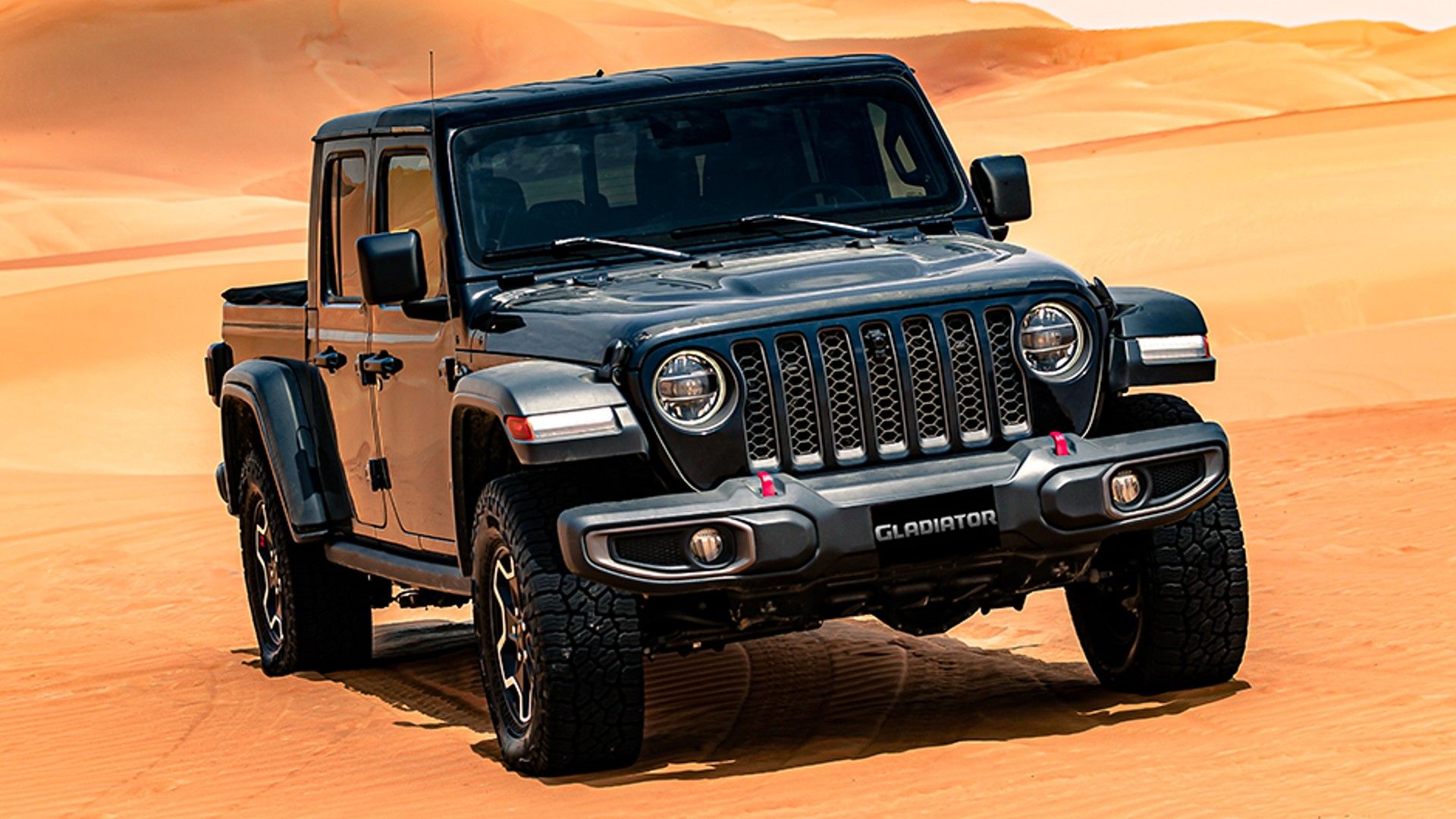
Summary
- Jeep’s origins can be traced back to its role in World War II, where it served as a reliable transport vehicle for troops. After the war, Jeep successfully transitioned into producing civilian versions.
- The Jeep CJ models, from 1944 to 1986, were the first fully production-ready civilian Jeeps. Over the years, they underwent updates and modifications to improve their powertrains and design.
- In 1986, Jeep introduced the Wrangler as a replacement for the CJ models. It maintained the off-road capabilities of its predecessors while offering a more comfortable ride. This design has remained iconic throughout subsequent generations.
Jeep is a company that has remained true to its roots since its inception. It was originally created to transport troops through rough terrain during World War II. After the war, Jeep began producing civilian versions, which proved to be a great success. Over time, the iconic Willys Jeep evolved into the beloved Wrangler that is cherished by enthusiasts.
However, Jeep primarily focused on producing off-road SUVs, leaving a gap in their lineup for a base pickup truck. It wasn’t until 2011 that they offered a truck conversion kit for the Wrangler, which received a positive response from consumers. This eventually led to the revival of the Gladiator name after 47 years.
Historical archives, Mopar press materials, and reputable sites like MotorTrend and KaiserWillys were referenced to create this feature about the Jeep Gladiator pickup truck.
Jeeps Began As Trucks
The early military vehicles that would later become Jeeps can be described as trucks. These 4×4 utility trucks were initially designed in 1941 for transporting troops and towing supply trailers through challenging terrains. They served multiple purposes:
- The flat hood could be used as a map table, surgery table, or games table.
- They could be used as power plants, light sources, and provided warmth with their hot engines.
- With the proper tools, they could be used as snow plows, dig furrows and trenches, and more.
While not the most comfortable vehicles, people loved them for their versatility. Discussions about creating a civilian Jeep had already begun in 1942, and in 1943, Willys-Overland, the manufacturer of these vehicles, filed for the Jeep name. In 1945, they introduced the first mass-produced four-wheel drive civilian model, the CJ (Civilian Jeep). The CJ became an incredibly popular vehicle and remained in production for over four decades.
Jeep History: 1944-1986
From 1944 to 1986, Willys produced the CJs (Civilian Jeeps), but the full production model of Civilian Jeeps was not available until 1945. The CJ-1 was a prototype based on the military vehicle, with quick modifications for testing, such as a tailgate, drawbar, and canvas-style top. Only two CJ-1s were made, and none survived. In the same year, they produced the second prototype, of which around 45 were made for further testing.
Jeep CJ Generations
|
Model |
Production Years |
|---|---|
|
CJ-1 |
1944 |
|
CJ-2 |
1944-1945 |
|
CJ-2A |
1945-1949 |
|
CJ-3A |
1949-1953 |
|
CJ-3B |
1952-1968 |
|
CJ-5 |
1954-1983 |
|
CJ-6 |
1955-1981 |
|
CJ-5A and CJ-6A Trim package |
1964-1968 |
|
CJ-7 |
1976-1986 |
The fully production-ready CJ-2A was introduced in 1945. It continued with a similar design but received updates to its powertrain and special editions. The CJ-5, which replaced the Willys name with just “Jeep CJ-5” after 1964, became the first model to carry the Jeep CJ name. Despite the introduction of new models, the CJ-5 remained in production. From the CJ-1 to the final CJ-7, the CJs were produced for over four decades.
Big Changes From 1986
In 1986, the Jeep CJ models were replaced with an all-new vehicle called the Wrangler. The Wrangler was no longer a pickup truck but a compact SUV that maintained the off-road capabilities of its predecessors while providing a more comfortable ride. This design, which featured the iconic elements of the original Willys Jeep, has remained consistent throughout subsequent generations, including the latest JL Wrangler. Jeep has managed to preserve the essence of the original off-road vehicle, much like Porsche has with the 911 and Mercedes with the G-Wagen.
The Wrangle JK-8 Conversion
At this point, Jeep had already entered its third generation with the Wrangler JK (produced from 2006 to 2018). Just before the second-generation TJ Wrangler was replaced, Jeep showcased a 2005 Gladiator concept, which was a pickup truck. Although the concept received high demand, Jeep initially had no plans to put it into production. However, in 2011, they decided to offer a pickup truck conversion kit for the JK Wrangler.
The officially licensed JK-8 conversion kit could be purchased for $5,499, excluding the labor cost for installation. This kit transformed a four-door Wrangler into a modern version of the Jeep Scrambler CJ-8. It could be installed at Chrysler, Dodge, Jeep, or Ram dealerships. The kit included a shortened, removable fiberglass roof panel, new body panels for the pickup bed, a bulkhead behind the front seats, B-pillars, and rollbar extensions.
Jeep enthusiasts, accustomed to modifying their vehicles for off-roading, were thrilled with this dealer-offered modification. However, the kit required cutting, drilling, and welding, making it difficult to reverse the conversion. Jeep claimed that almost anyone could install the kit and even did a live demonstration of their engineers converting a Wrangler in an hour. The best part was that if the kit was installed by a dealer, it came with a 36,000-mile warranty. However, this was a temporary solution to satisfy the demand for a Jeep pickup truck.
Jeep Decided To Build The Gladiator
The Gladiator name had been used previously in the Jeep lineup. The original Jeep Gladiator was a conventional pickup truck produced from 1962 to 1971, sharing its underpinnings with the Jeep Wagoneer of that time. It had a different appearance from the existing CJs, with the only similarity being the grille design. The Gladiator was available in both four-wheel drive and rear-wheel drive options, while the Jeeps were permanently four-wheel drive.
The Gladiator name disappeared with the second-generation pickup truck, but it was revived 47 years later. The new Gladiator was introduced in 2018 and went on sale in 2019. It proved to be a success, with buyers showing great interest in this new pickup truck alongside the Wrangler SUV. The new Gladiator shares its underpinnings with the Wrangler JL, maintaining the iconic design but in a pickup truck form. It is the first pickup truck in the Jeep lineup since the discontinuation of the Comanche in 1992.
Jeep Gladiator Dimensions And Engine Specifications
|
Length |
218 inches |
|---|---|
|
Wheelbase |
137.3 inches |
|
Width |
73.8 inches |
|
Height |
73.1–76.1 inches |
|
Engine |
3.6 liter V6/3.0 liter turbo diesel |
|
Power |
285/260 horsepower |
|
Torque |
260/442 pound-feet |
|
Transmission |
Six-speed manual/Eight-speed auto |
|
Drivetrain |
Four-wheel drive |
|
Payload |
1,000-1,700 pounds |
|
Towing Capacity |
4,000-7,650 pounds |
|
Curb weight |
4,650–5,072 pounds |
Special editions of the Gladiator have been released, including the Rubicon Launch Edition, North Edition, Mojave, High Altitude Edition, Altitude, Willys Edition, and Texas Trail Edition. Some buyers have even undertaken extensive modifications, such as 6×6 conversions, due to the pickup truck configuration. The new breed of Wranglers and Gladiators carries on the legacy of the Jeep brand, offering off-road capabilities without compromising simplicity and ruggedness.


